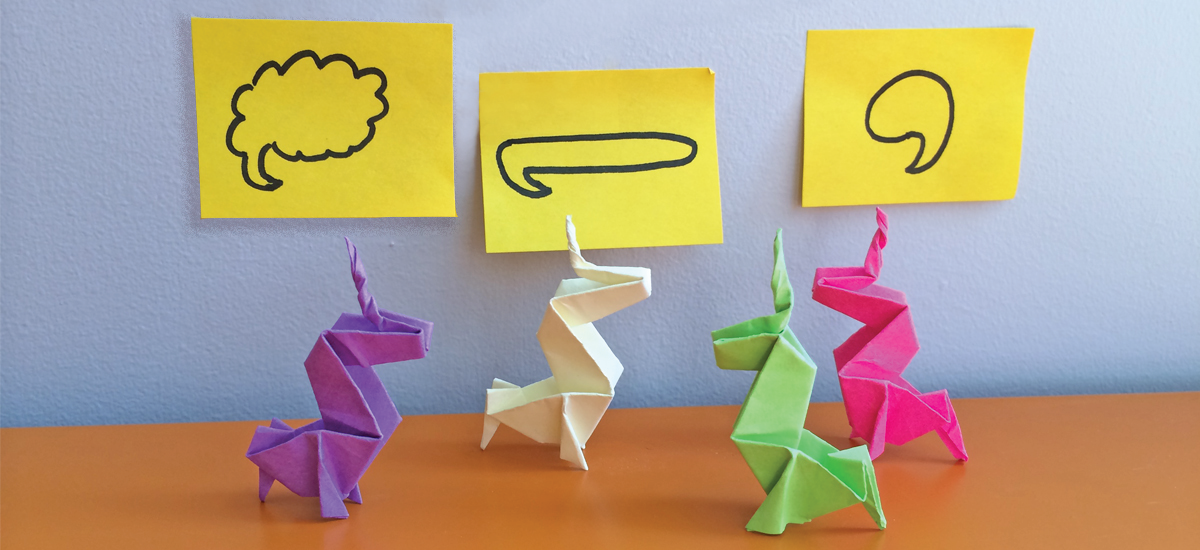
When I was a junior UX designer, I often designed alone at my desk. I loved it. I got to listen to my favorite music, push pixels around, then share my work with the team.
Looking back, in some ways I was doing good UX design work, but in many ways, I wasn’t. My work wasn’t as strong as it could be because I wasn’t collaborating. I wasn’t building relationships with designers and developers. I wasn’t using the power of brainstorming to source the best ideas from my team. By working alone at my desk, my design work wasn’t able to move from good to great.
Over time, I learned to collaborate. I began to get input from stakeholders early in a project to avoid disagreements later in the project. I learned how to structure activities like brainstorming sessions so that everyone could participate and share ideas. I realized that once you know how to collaborate effectively, you can produce better results—as a team—than you can on your own.
As I build the Leadership course curriculum at Center Centre, I collaborate with Dr. Jim Tucker, an expert in learning and leadership. Dr. Tucker knows that effective leaders influence other people around them to reach shared goals. They accomplish this through collaboration.
When I asked Dr. Tucker to recommend resources about leadership, he recommended several books, including Humans are Underrated, by Geoff Colvin. Throughout the book, Colvin emphasizes the significance of collaboration skills in today’s workforce:
Employers’ top priorities include relationship building, teaming, co-creativity, brainstorming, cultural sensitivity, and ability to manage diverse employees—right-brain skills of social interaction.
Colvin explains why collaboration is more than just a buzzword or a trend. Collaboration is an indispensable skill. According to Colvin, machines and computers are replacing many jobs that don’t require skills like collaboration and relationship-building. That means a designer who effectively collaborates has better job security.
A New York Times article, “Why What You Learned in Preschool Is Crucial at Work,” explains that the demand for soft skills is growing:
Learning math and science is not enough. Jobs that involve those skills but not social skills, like those held by bookkeepers, bank tellers and certain types of engineers, have performed worst in employment growth in recent years for all but the highest-paying jobs. In the tech industry, for instance, it’s the jobs that combine technical and interpersonal skills that are booming, like being a computer scientist working on a group project.
The book and the article fascinated me. I didn’t realize that soft skills are in demand partly because machines can’t perform those skills. I wasn’t surprised to read that soft skills are in demand now more than ever. In our research with UX hiring managers, every hiring manager told Center Centre that what separates good designers from the best designers are soft skills. That’s why there is a focus on soft skills at Center Centre. Our students will graduate with a holistic skill set—including the soft skills—that hiring managers desperately need.
By the time Center Centre students graduate, they’ll be well ahead of where I was as a junior UX designer. Our students will have two years of experience applying their collaboration skills before they graduate. They will know how to collaborate effectively with others—to make sure that other voices and ideas are heard, while wrangling the team to reach the outcome that everyone desires and needs.
Students will move their design skills from good to great by applying effective collaboration techniques. The soft skills students learn will help them throughout their careers. Graduates will be indispensable members of their organizations.
Apply to be a student
Would you like to improve your collaboration skills while learning other UX design skills at Center Centre? View our full program or apply today.

